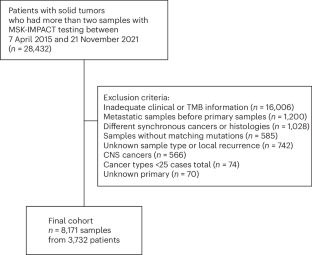2025-06-06 ワシントン大学セントルイス校
<関連情報>
- https://source.washu.edu/2025/06/uncovering-how-cells-allocate-space-to-make-way-for-new-growth/
- https://www.cell.com/cell-systems/fulltext/S2405-4712(25)00100-0
システムレベルの細胞小器官の生合成と細胞の成長を調整する原理の解明 Uncovering the principles coordinating systems-level organelle biogenesis with cellular growth
Shixing Wang ∙ Deepthi Kailash ∙ Shankar Mukherji
Cell System Published:June 6, 2025
DOI:https://doi.org/10.1016/j.cels.2025.101267

Highlights
- Rainbow yeast allows simultaneous visualization of 6 major organelles in single cells
- Systems-level organelle modes organize cellular response to nutrient availability
- Cell size and growth rate, relayed by PKA and TOR signaling, structure organelle modes
- Vacuole plays a central role in producing robust yet responsive cellular growth control
Summary
A complete framework of eukaryotic cellular growth control must include the growth of its defining hallmarks: organelles. Organelle coordination with cellular growth is opaque without measuring multiple organelles in the same cell with adequate statistics to test theoretical frameworks. Here, we map out the correlation structure of systems-level organelle biogenesis with cellular growth using “rainbow yeast,” simultaneously visualizing 6 major metabolically active organelles. Hyperspectral imaging of thousands of rainbow yeast cells revealed that systems-level organelle biogenesis is organized into collective organelle modes activated by changes in nutrient availability. Chemical biological dissection suggests that sensed growth rate and cell size specifically activate these organelle modes. Mathematical modeling and synthetic control of cytoplasmic availability suggest that the organelle mode structure allows growth homeostasis in constant environments and responsiveness to environmental change. This regulatory architecture may underlie how compartmentalization allows cell size and growth rate flexibility to satisfy otherwise incompatible environmental and developmental constraints.


